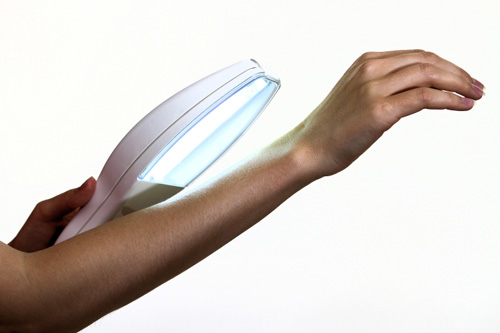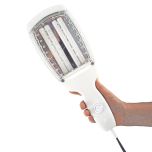How to treat and manage psoriasis with phototherapy

Treating Psoriasis with UVB Light Therapy
UVB (ultraviolet B) light therapy is a common treatment for psoriasis, a chronic skin condition characterized by the rapid growth of skin cells, leading to red, scaly plaques. UVB light therapy involves exposing the affected skin to controlled doses of UVB light. Here's a quick overview of the process:
1. Consultation: Patients should consult a dermatologist to determine if UVB therapy is suitable for their specific type and severity of psoriasis.
2. Treatment Setup: UVB therapy is typically administered in a specialized dermatologist's office or clinic. The patient's skin is exposed to UVB light, either in a full-body chamber or through a handheld UVB device.
3. Frequency: The frequency and duration of treatment sessions vary based on the patient's condition. Initially, treatments may be brief to prevent burning, gradually increasing as the skin adapts.
4. Protection: The therapist or nurse will shield sensitive areas, such as the eyes and genitals, to minimize UV exposure.
5. Monitor Progress: Patients should attend regular follow-up appointments to assess progress and adjust treatment as necessary.
UVB light therapy is effective for many people with psoriasis, but it may require multiple sessions for optimal results. For more in-depth information on UVB therapy for psoriasis, including its benefits, potential side effects, and how to prepare for treatment, click here.
Remember, it's crucial to consult with a dermatologist or healthcare professional to determine the most suitable treatment approach for your specific psoriasis condition.





